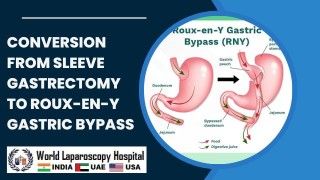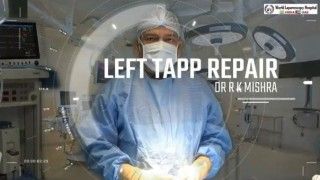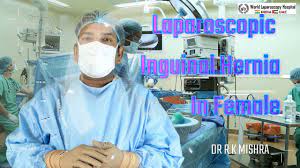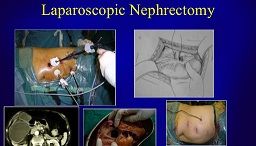Technique for Multiple Laparoscopic Procedures: Cholecystectomy, Ovarian Drilling, and Appendectomy
Add to
Share
712 views
Report
9 months ago
Description
Introduction The evolution of laparoscopic surgery has significantly advanced minimally invasive techniques, offering patients faster recovery times, reduced postoperative pain, and minimal scarring. The integration of single-port laparoscopic surgery has further refined these benefits by allowing multiple procedures to be performed through a single incision. This article explores the feasibility and techniques of performing laparoscopic cholecystectomy, laparoscopic ovarian drilling, and laparoscopic appendectomy via the same port. Laparoscopic Cholecystectomy Laparoscopic cholecystectomy is the gold standard for the treatment of symptomatic gallstones and cholecystitis. Traditionally performed using multiple ports, the single-port approach involves making an incision at the umbilicus through which a multi-channel port is inserted. This port allows the introduction of a laparoscope and instruments. Steps: Port Placement: A single incision (approximately 2-3 cm) is made at the umbilicus. Insufflation: The abdominal cavity is insufflated with CO₂ to create a working space. Dissection: The Calot's triangle is identified and dissected to expose the cystic artery and duct. Clipping and Cutting: The cystic duct and artery are clipped and divided. Gallbladder Removal: The gallbladder is dissected from the liver bed and extracted through the umbilical port. Laparoscopic Ovarian Drilling Laparoscopic ovarian drilling (LOD) is a treatment for polycystic ovary syndrome (PCOS) that induces ovulation in women who have not responded to medical therapy. Utilizing the same umbilical port, this procedure can be performed immediately after cholecystectomy. Steps: Access: With the umbilical port already in place, the laparoscope is directed towards the pelvic region. Identification: The ovaries are identified and inspected for polycystic morphology. Drilling: A monopolar needle or laser is used to puncture the ovarian cortex at multiple sites, facilitating the reduction of androgen production and induction of ovulation. Hemostasis: Careful inspection is performed to ensure hemostasis at the drilling sites. Laparoscopic Appendectomy Laparoscopic appendectomy is performed for the removal of an inflamed appendix. The single-port technique offers a minimally invasive option with reduced recovery time and postoperative pain. Steps: Access: Using the same umbilical port, the laparoscope is maneuvered to visualize the appendix. Dissection: The mesoappendix is dissected to expose the appendiceal artery, which is then ligated. Appendix Removal: The base of the appendix is ligated and divided. The appendix is then removed through the umbilical port. Closure: The port site is inspected for any bleeding and the incision is closed with sutures. Advantages of Single-Port Surgery Reduced Scarring: A single incision minimizes visible scarring compared to multiple port sites. Less Postoperative Pain: Fewer incisions typically result in reduced postoperative pain. Faster Recovery: Patients often experience a quicker return to normal activities. Cost-Effective: Combining multiple procedures into a single surgery reduces overall operative time and costs. Challenges and Considerations Technical Skill: Single-port surgery requires advanced laparoscopic skills and experience. Instrument Crowding: Working through a single port can lead to instrument crowding and reduced maneuverability. Patient Selection: Not all patients are suitable candidates for single-port surgery; careful patient selection is essential. Conclusion The integration of single-port laparoscopic techniques for performing cholecystectomy, ovarian drilling, and appendectomy demonstrates the potential for significant clinical benefits, including reduced recovery times and minimal scarring. As surgical expertise and technology continue to evolve, the application of single-port surgery is likely to expand, offering even greater advantages to patients undergoing multiple laparoscopic procedures.
Similar Videos






